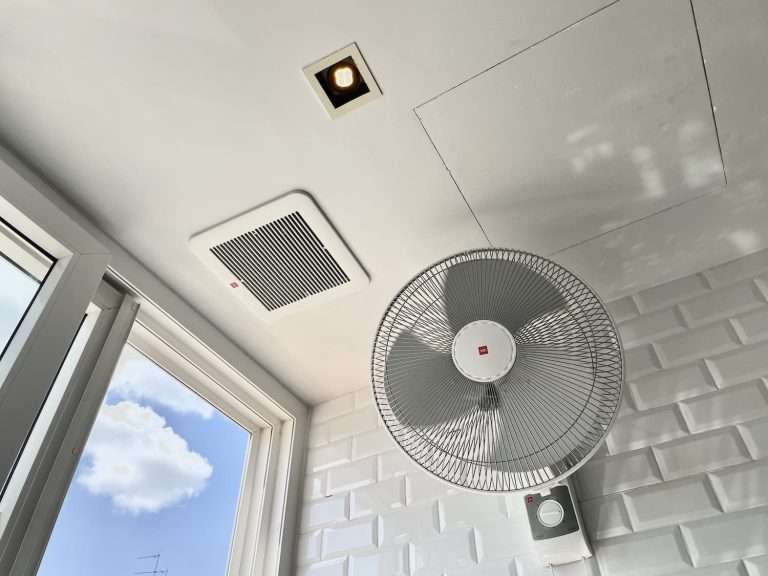Ventilation is a vital part of any industrial or commercial operation. Whether you’re managing a food processing plant, warehouse, workshop, or manufacturing facility, maintaining clean, breathable air is essential for worker safety, equipment performance, and compliance with regulations.
Two terms that often get used interchangeably are exhaust fan and extraction fan. While they serve a similar purpose—removing air from a space—they aren’t always the same thing. Understanding the differences between these two can help you make the right choice for your site.
What Is an Exhaust Fan?
An exhaust fan is designed to remove stale, hot, humid, or odorous air from a space and replace it with fresh air—either passively or with the support of an intake system. These fans are widely used in general-purpose applications where temperature control and air turnover are key.
Common Applications
- Warehouses and distribution centres
- Commercial kitchens
- Toilets and amenities blocks
- Workshops and garages
- Office or staff areas
Key Benefits
- Reduces heat buildup
- Removes unpleasant odours
- Controls humidity and moisture
- Helps reduce the load on air conditioning systems
- Improves general air quality and comfort
Exhaust fans are typically installed in walls or roofs and vary in size and capacity depending on the space and airflow needs.
What Is an Extraction Fan?
An extraction fan refers to a more specialised system that removes specific airborne contaminants such as dust, fumes, vapours, smoke, or chemical particles. These fans are often used in high-risk or high-output areas where general ventilation isn’t enough.
Common Applications
- Welding bays and spray booths
- Chemical manufacturing or storage areas
- Food and meat processing environments
- Pharmaceutical labs and cleanrooms
- Abattoirs and washdown zones
Key Benefits
- Removes harmful or hazardous airborne substances
- Helps maintain WHS compliance
- Protects sensitive equipment and processes
- Often ducted to filter and redirect extracted air safely
Extraction fans may include added filtration, explosion-proof construction, or hose-proof designs for harsh environments.
Can the Terms Be Used Interchangeably?
In everyday conversation, yes—but in technical and industrial settings, the distinction matters. Exhaust fans are typically for general use, while extraction fans are selected for their ability to handle hazardous or process-specific conditions. Choosing the wrong type can result in poor performance or even non-compliance with workplace health and safety standards.
For example, removing smoke from a workshop or fumes from a chemical area requires far more than a basic exhaust unit. You’ll need an extraction system built for that level of air handling.
If you’re unsure what type of fan suits your needs, explore our full range of exhaust and extraction fans to learn more about available options and specifications.
Choosing the Right Ventilation System for Your Space
To select the best fan for your facility, consider:
- What are you removing? (e.g. heat, humidity, fumes, grease)
- What is the size and volume of the space?
- Are there environmental hazards or regulatory requirements?
- Do you need weatherproof, hose-proof, or explosion-proof options?
- Where will the fan be installed—wall, roof, ducted, inline?
The right system will improve air quality, extend equipment life, and reduce risks—all while maintaining comfort and compliance.
In Summary
While the terms “exhaust” and “extraction” fan are often used interchangeably, understanding their key differences can ensure your workplace is ventilated safely and efficiently. Whether you’re removing warm air from a workshop or hazardous fumes from a production line, choosing the right fan is critical.
Need expert advice? Contact Fanquip to discuss a tailored ventilation solution built for Australian conditions.

